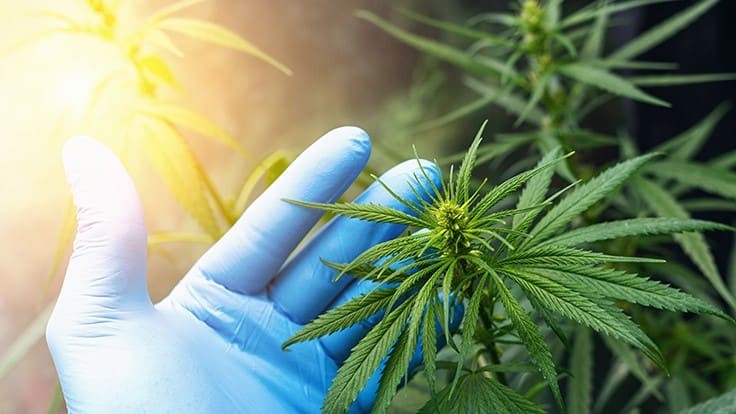USDA Considering Changing Some Hemp Regulations, but THC Limit Isn’t One of Them
Marijuana Industry News February 8, 2020 MJ Shareholders

Since the U.S. Department of Agriculture (USDA) published its interim final rule (IFR) on hemp, thousands of people, organizations and agencies have spoken up about their qualms with the regulations.
While the USDA won’t be solidifying those regulations with a final rule until 2021, a department official recently hinted at what facets of it may be revised—and which ones may have a more permanent fate.
During a conference call with media Feb. 6, Agricultural Marketing Service (AMS) Administrator Bruce Summers discussed which provisions of the IFR the USDA may consider reexamining.
The IFR was based on the Agricultural Improvement Act of 2018 (the 2018 Farm Bill), which Summers says provided definitions and requirements that had to be incorporated into the IFR. In other words, anything dictated by the 2018 Farm Bill must be approved by Congress and passed into law to change.
During the IFR’s comment period, which ended Jan. 29, the USDA received nearly 4,700 suggestions. The main concerns shared by those who commented include:
-
the number of labs registered by the Drug Enforcement Administration (DEA) is far too sparse to require testing at them.
-
sampling is required for a large number of plants, and the 15-day-of-harvest time frame is difficult, if not nearly impossible, to meet.
-
the low permitted total tetrahydrocannabinol (THC) threshold of 0.3%, tested with a post-decarboxylation method, is difficult for many to obtain.
The good news for hemp growers: some of those concerns may have some leeway.
Summers says “there is room for discretion in the final rule” regarding the 15-day harvest window and sampling procedures, as those regulations in the IFR weren’t explicit in the 2018 Farm Bill. For example, which part of the plant to sample and how much of the plant to take is not clearly dictated in the Farm Bill, so the USDA may reexamine those provisions.
In addition, the Farm Bill also did not provide clear guidance on “disposal” of a hot crop above the THC threshold. While the IFR currently dictates that the crop must be destroyed, Summers says there is “some discretion there we can change,” whether through remediation or otherwise.
A shortage of DEA-approved labs across the country also has producers concerned about where to take their crops for testing. Summers says the USDA is currently digging into that issue.
“It’s something we’ve heard loud and clear. It’s something we’re dealing with and something we’re hoping to have more information out about shortly,” Summers said about the lab shortages.
Unfortunately for farmers, the total THC threshold may not budge—and if it does, it’s in the hands of the federal government, not the USDA. Summers says that provision was clear-cut in the 2018 Farm Bill, and any change to that would require legislative action.
When asked about rumors of the federal government considering upping the THC threshold to 1%, Summers didn’t speculate and simply repeated that the change would need to be statutory.
Summers added that after this growing season, the USDA will re-open comments to capture feedback from farmers’ experiences.
MJ Shareholders
MJShareholders.com is the largest dedicated financial network and leading corporate communications firm serving the legal cannabis industry. Our network aims to connect public marijuana companies with these focused cannabis audiences across the US and Canada that are critical for growth: Short and long term cannabis investors Active funding sources Mainstream media Business leaders Cannabis consumers









